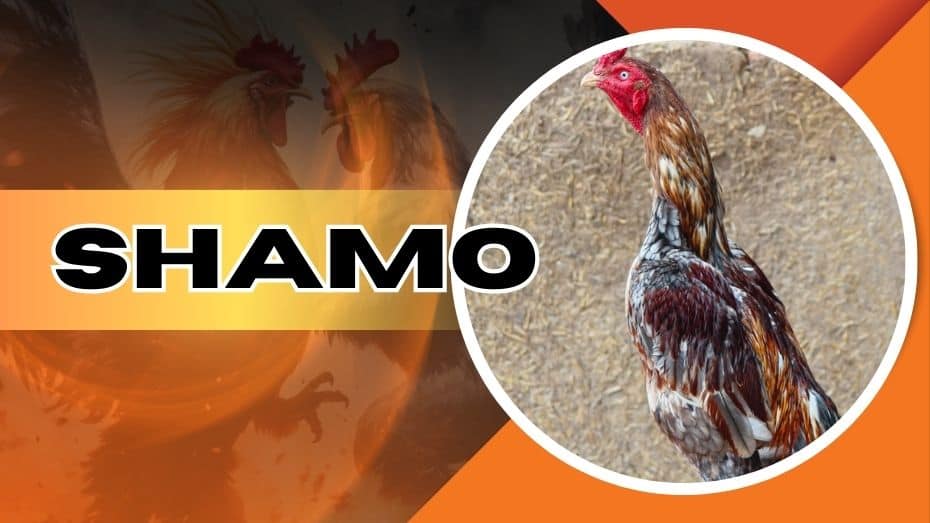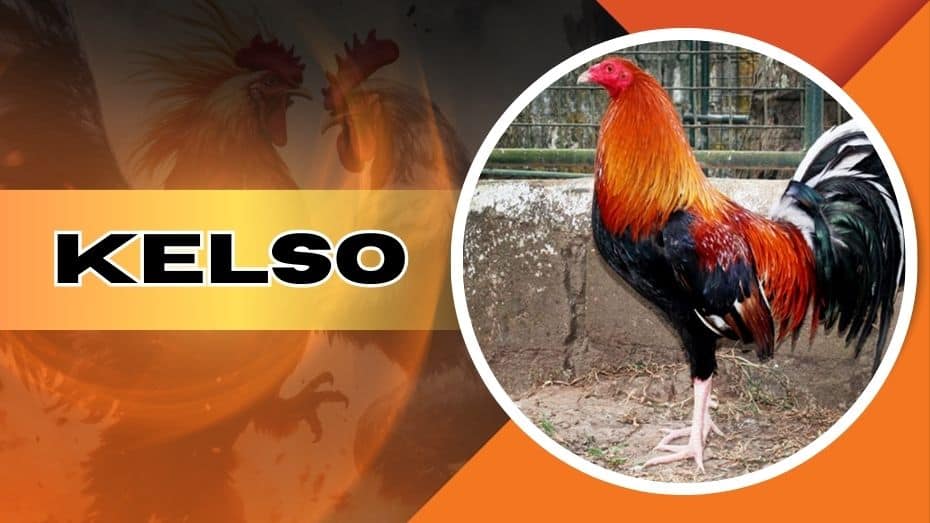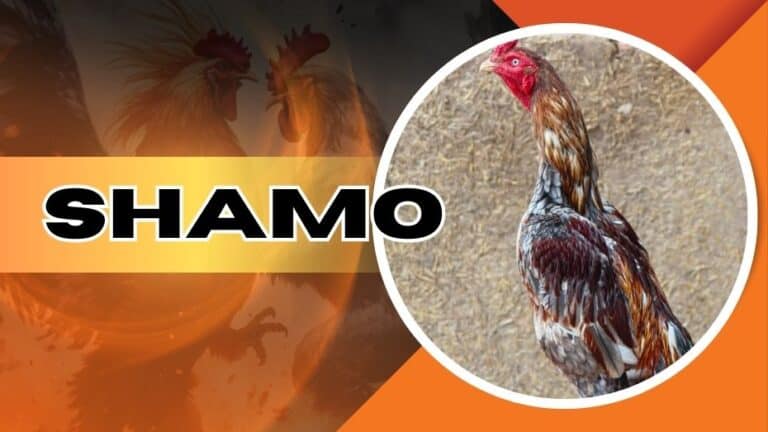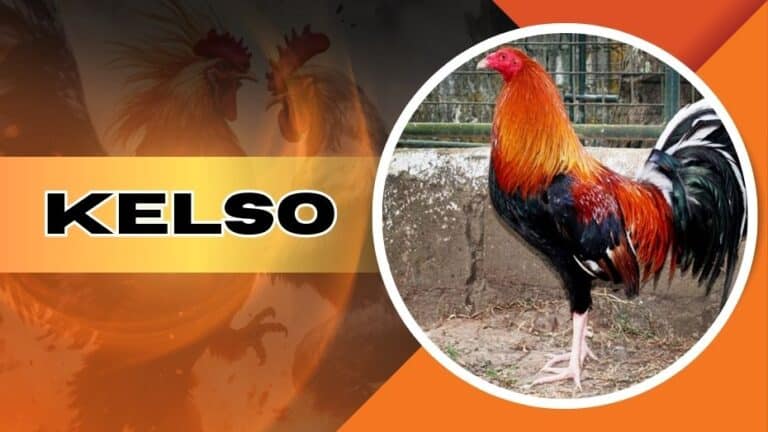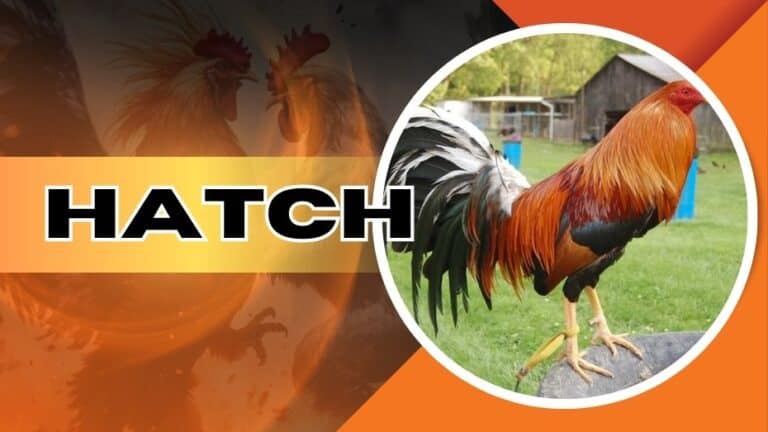Learn All About Asil Roosters
The Asil gamefowl breed is a breed that was designed to fight. This breed from India is a force to be reckoned with in cockpits thanks to its unmatched courage and combativeness as shown with their preference for close fighting.
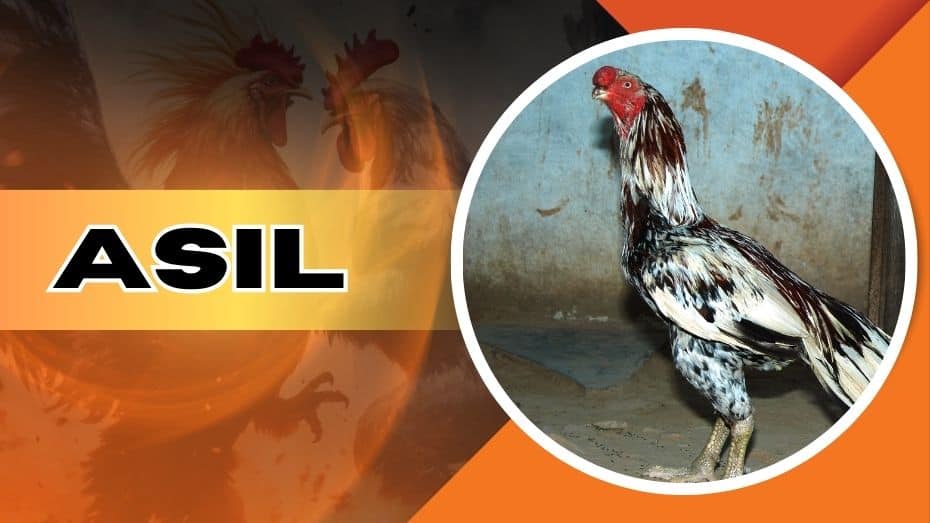
Asils, whether they’re roosters, hens, or chicks, are known for being hostile and will even fight amongst themselves. The Asil breed is highly ferocious and this makes it perfect for the cockpits. The hens, however, are poor egg layers so producing more Asils to develop this breed can be a slow process.
Key Features of Asil Roosters:
Asils can be recognized through the following physical traits:
How Asils Fight
The Asil’s short legs and small beak mean that this will be an in-fighting breed. Couple this with how ferocious even the chicks are mean that breeders and bettors should expect fierce close-range fighting in the cockpits. This breed can fight effectively without blades and are even better when outfitted with one. Their beaks are deadly and legs strong and are capable of delivering a bunch of precise blows.
Asils in the Philippines
The Asil was believed to have been introduced in the Philippines during the Spanish colonization. Now, it is one of the most popular breeds used to develop other breeds and new bloodlines among local breeders.
Most Asils today are hybrids and it is extremely difficult to find purebreds, especially in the Philippines. Most Filipino Asils have already been crossed with other breeds, including Shamos.
Crossing Asil Gamefowls
Crossbreeding Asils with other breeds and bloodlines have been done for many years now to try and improve their own Asils or other gamefowl breeds. Other breeders used the Asil to create a new breed with this breed’s meatiness in mind. In fact, the Cornish chicken breed was accidentally made as a meat-producing breed after a cross between a Red Asil and a Black Breasted Lord Derby Red Game. Today, the Cornish revolutionized the American meat industry.
Other breeders are constantly using the Asil to produce better gamefowls with varying degrees of success. There’s little point in attempting to produce an egg-layer Asil through crossing, so most breeders either focus on creating ornamental chickens, meat birds, or as better fighters. Some also use this alongside Shamos to produce gamefowls.
The only problem with raising Asils is that it isn’t beginner-friendly and many breeders may have troubles with the hens and the chicks when they don’t have a large space available. Experienced breeders are necessary to properly develop this breed.
Asil Varieties
Due to how popular this breed is, many different variations have been made throughout the years. Some of the most well-known Asils are the following:
Conclusion
The Asil breed is an ancient gamefowl breed that most breeders use to develop their bloodlines and compete in cockpits. There are barely any purebred Asils today, with the Lasani Aseel being a very small minority of Asils not having outside blood.
Breeding this bird can be difficult, but there is great potential for this when crossing. Breeders can either produce a more ferocious gamefowl breed or bloodline or produce a potentially new broiler breed.
Keep an eye out for this breed in online sabong matches when betting with us.
